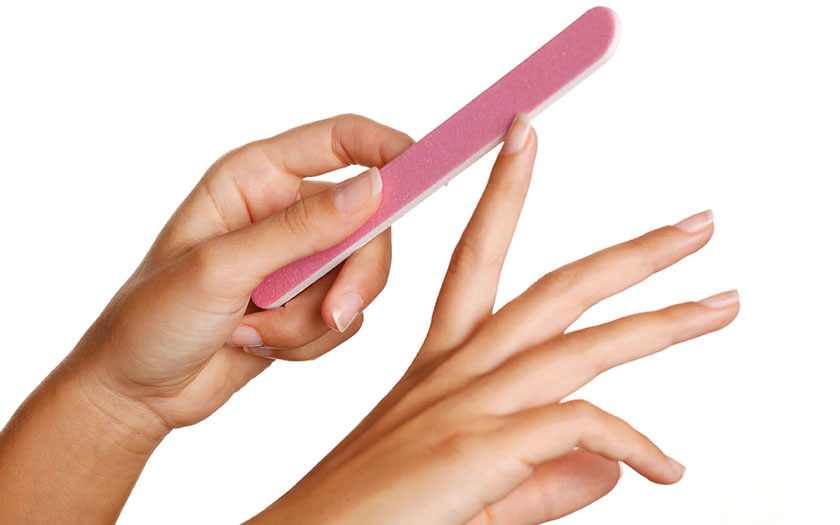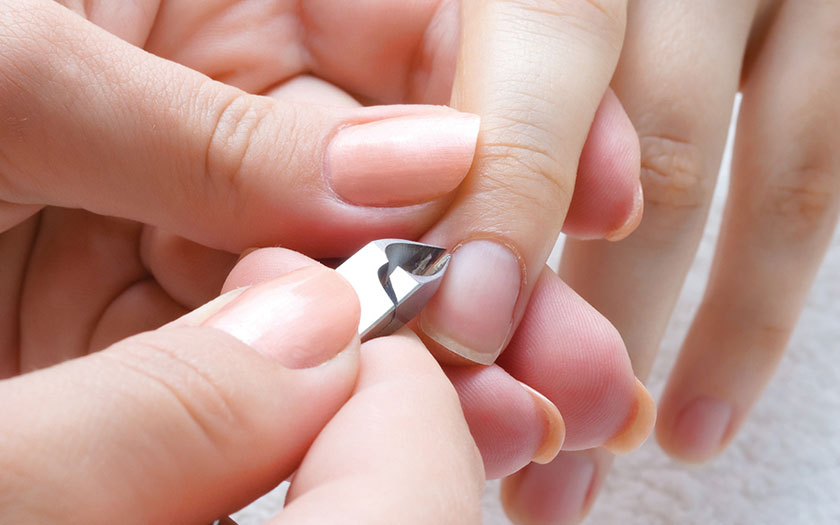Our fingernails as well as toenails may seem insignificant, but they do play a few good roles in our lives. Their main function of our nails is to shield the fingertip as well as the tips of our toes from injuries.
Our fingernails also help to make our fingertips more sensitive and aware of any contact towards them. They also help with scraping and digging while also being an extended precision grip for our fingers. Plus, can you imagine what it would be like if you had an itch and had no nails to deal with it? Read on.
ABOUT YOUR NAILS
Our nails are made of a translucent protein called keratin, which also makes up our hair. The long, hard part of the nail (which we love to colour with nail polish!) is called the nail plate. Its shape is determined by the form of the underlying bone. There are actually layers of dead, compacted cells on top of each other – and in their healthy state, they are strong and rigid, yet somewhat flexible.
You may or may not have given this much thought, but your nails need to be taken care of. Well, it’s actually safe to say at this point that most people do not give much thought to thier nail health until something really bad happens like a painful infecton, or if it breaks and injures their fingernail bed, etc. Why wait for such things to happen when you can prevent them by taking good care of your nails every day – and it’s not even that complicated to do so!
Firstly, take a look at your fingernails now to ascertain their present condition. Do they look healthy and strong to you? Are there any ridges, dents, or areas of unusual color or shape present? Many nail issues can be addressed via proper nail care, so let’s see what we’re dealing with, shall we?
What’s Normal In Healthy Nails
Your fingernails grow from the area at the base of the nail under your cuticle. Healthy fingernails are smooth, without pits or grooves. They’re even-coloured and relatively smooth and free of spots or discoloration. Sometimes though, your nails may develop harmless vertical ridges that run from the cuticle to the tip of the nail. Vertical ridges tend to become more prominent with age. Your nails, especially fingernails, can also develop white lines or spots due to injury, but these eventually grow out with the nail.

If You Love Manicures And Pedicures
- If you rely on manicures or pedicures for healthy-looking nails, keep a few things in mind.
- Stick to salons that display a current license and certificates, and ensure their manicurists are lisenced too.
- No matter what the prcedure calls for, avoid having your cuticles removed — they act to seal the skin to the nail plate, so removal can lead to nail infection.
- Ensure that all tools at the salon are sterilised to prevent the spread of infection.
- Enquire as to how the foot baths are cleaned. Ideally, a bleach solution is used between clients and the filters are cleaned regularly.
FINGERNAIL CARE: WHAT’S GOOD TO DO
If you havent’s thought about nail care before, it’s high time you did. But first, it will be a good idea to know what’s good for your nails and what’s not. So, here are some tips for you.
- Keep fingernails dry and clean: This prevents bacteria from growing under your fingernails. Repeated or prolonged contact with water can contribute to split fingernails. Wear cotton-lined rubber gloves when washing dishes, cleaning or using harsh chemicals.
- Practice good nail hygiene. When clipping your nails, use a sharp nail clipper or scissors. Never use a broken or blunt clipper, for it is likely to cause unwanted nail problems such as uneven cut, or you may end up tugging at your nail. Trim your nails straight across, then round the tips in a gentle curve.
- Moisturise your nails as a habit. When you use hand lotion, rub the lotion into your fingernails and cuticles, too, just as you would the skin of your hands. Regular moisturising will help keep your nails healthier and stronger.
- Apply a protective layer. This is important, especially if you have weak or brittle nails that break easily. Applying a nail hardener will help strengthen your nails.
- Take a biotin supplement. Ask your doctor about biotin supplements if you hapen to have weak or unhealthy nails. Some research suggests that they may help strengthen weak or brittle fingernails.

FINGERNAIL CARE: DON’TS
When it comes to nail care, there may be some things, such as habits for instance, that seem harmless but they actually harm your nails. To prevent nail damage, note the following facts.:
- Stop biting your fingernails or picking at your cuticles. These habits can damage the nail bed. Even a minor cut alongside your fingernail can allow bacteria or fungi to enter and cause an infection.
- Resist pulling off hangnails. You might rip live tissue along with the hangnail, causing a lot of unneccesary pain and injury in the area. Remeber too, that any injuries in your nail is not easy to address as it tends to get wet often with housework, ect. If you have a hangnail, carefully clip it off .
- Avoid harsh nail care products. If your nails look less than healthy in the first place, try laying off nail polish, hence removing the need to use polish remover too. If you do need to remove your nail polish, opt for an acetone-free formula.
- Never neglect nail issues. If you have a nail problem that doesn’t seem to go away on its own or is associated with other signs and symptoms, consult your doctor or dermatologist for an evaluation.
Consult Your Doctor Or Dermatologist If You Notice:
- Changes in nail color, such as discoloration of the entire nail or a dark streak under the nail’
- Changes in nail shape, such as curled nails
- Thinning or thickening of the nails
- Separation of the nail from the surrounding skin
- Bleeding around the nails
- Swelling or pain around the nails
- Failure of nails to grow out


